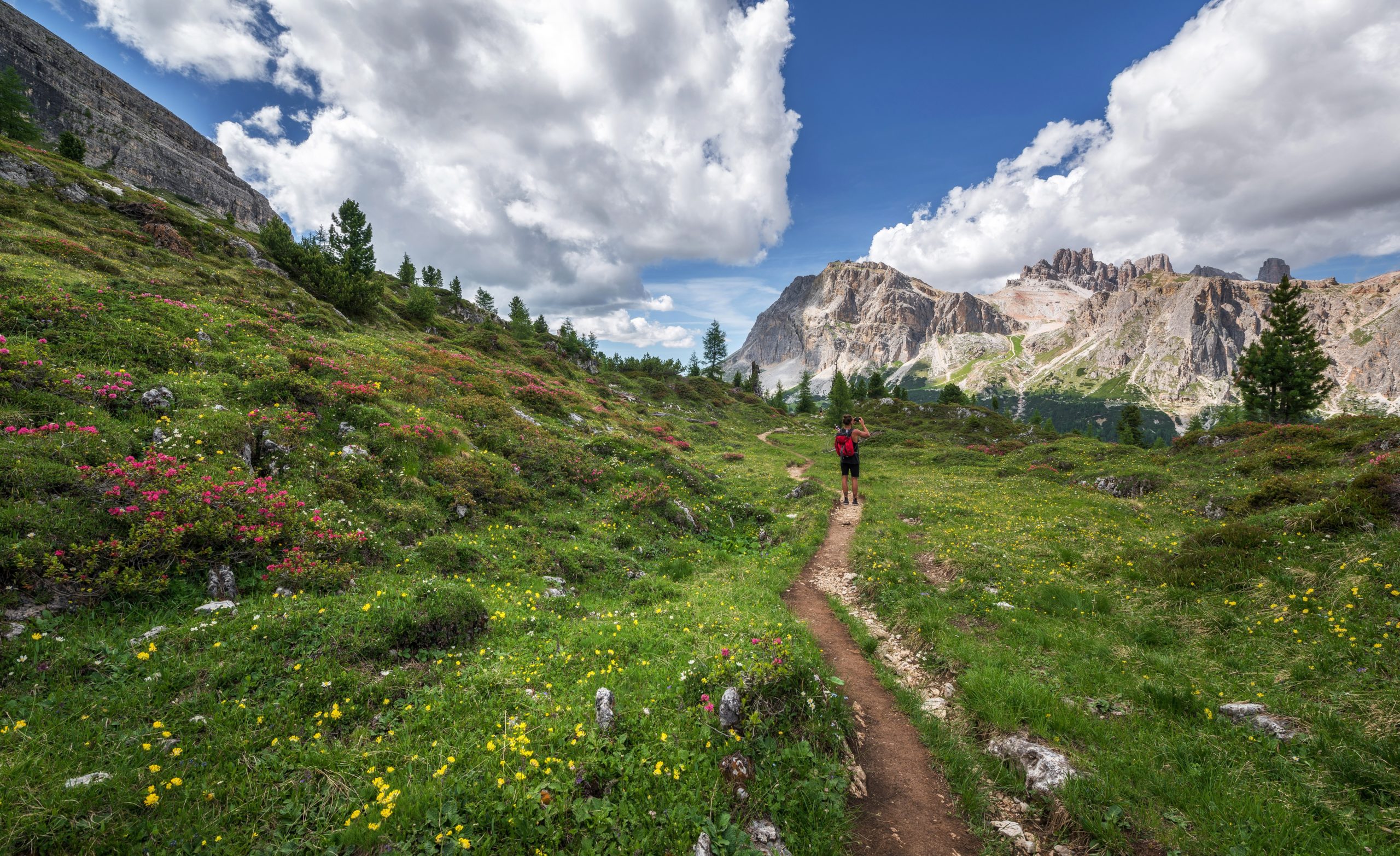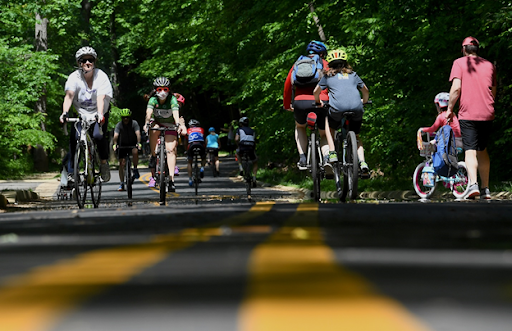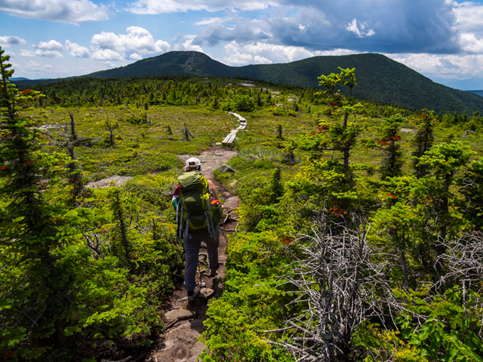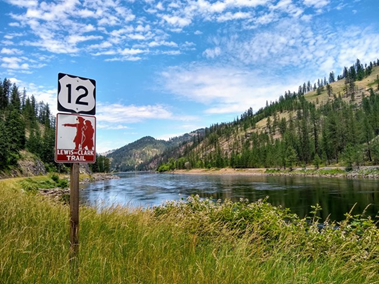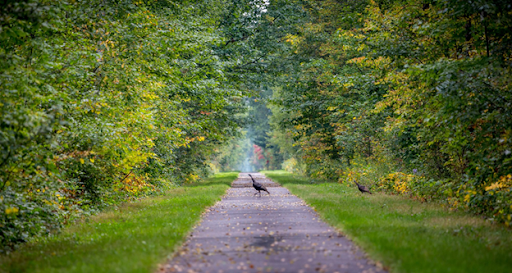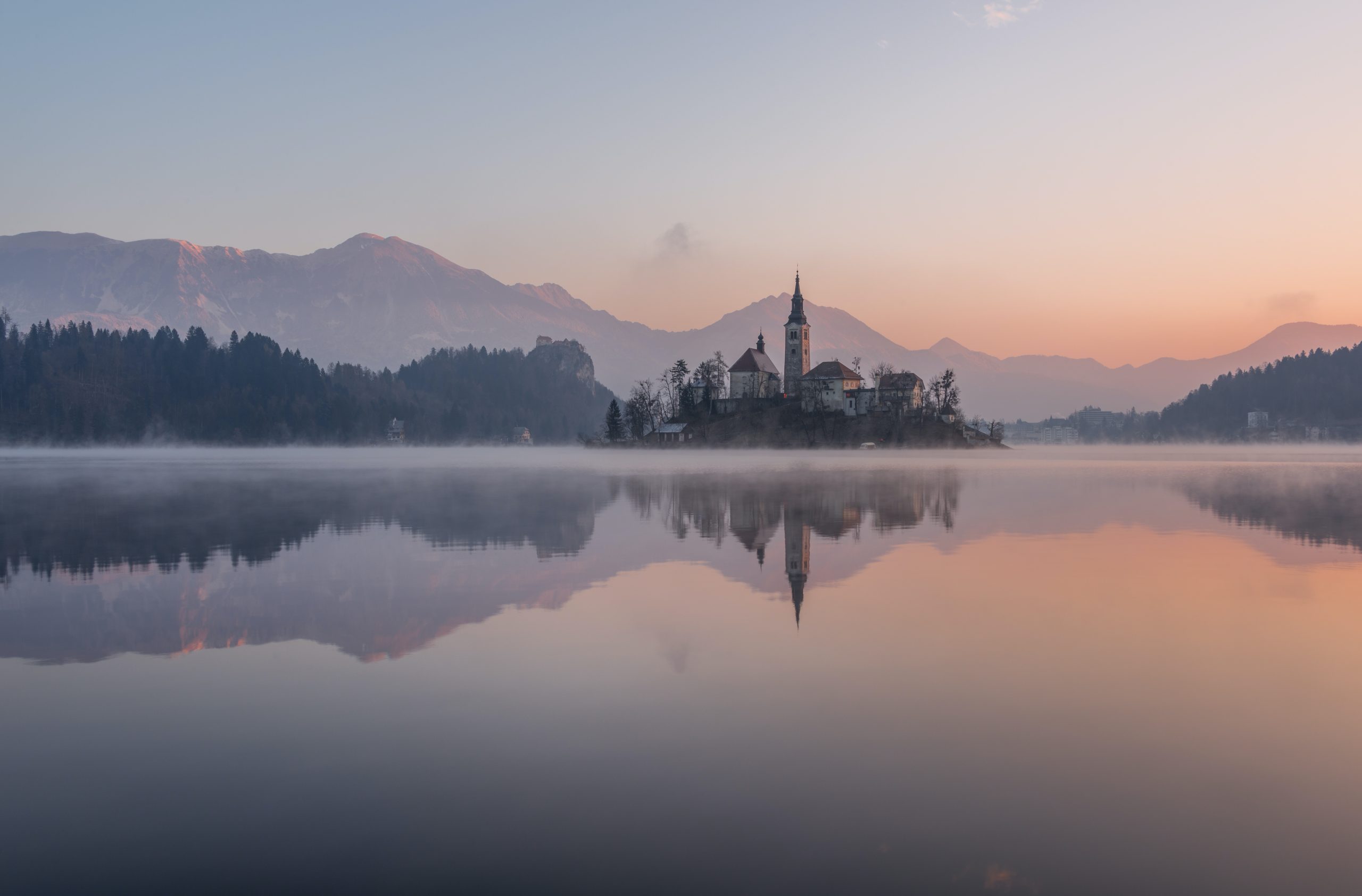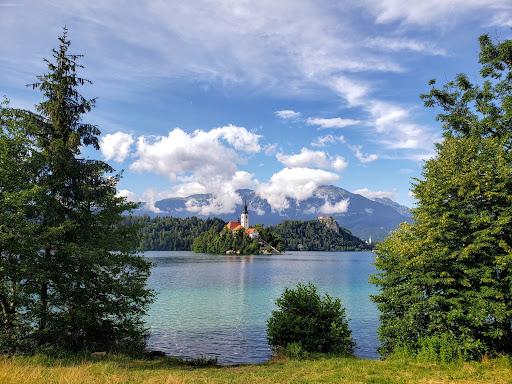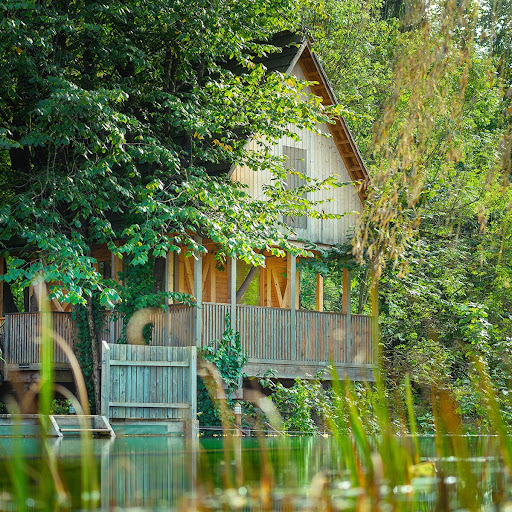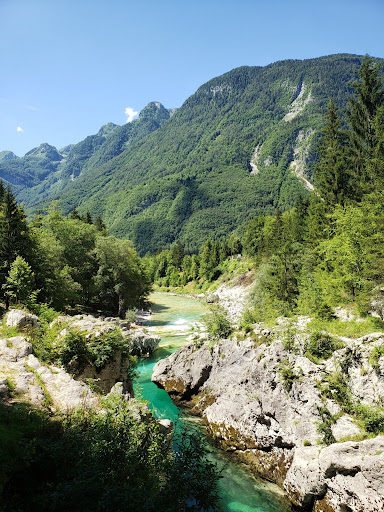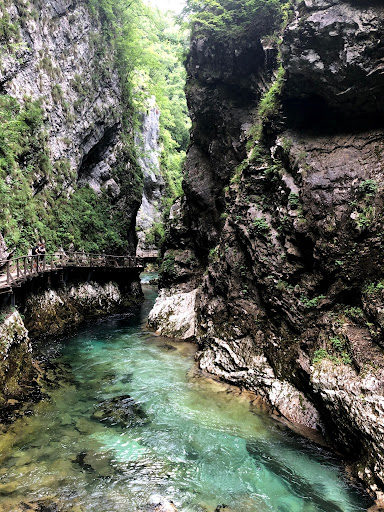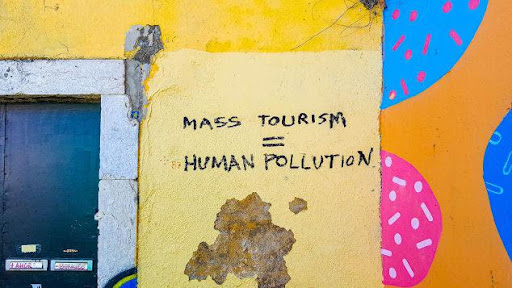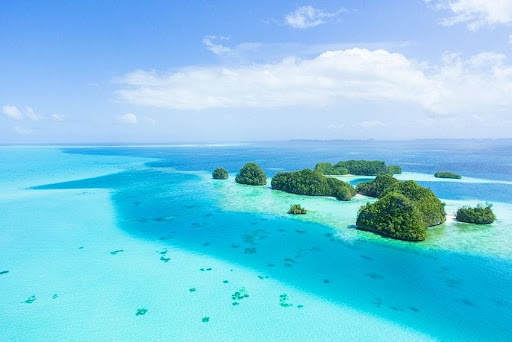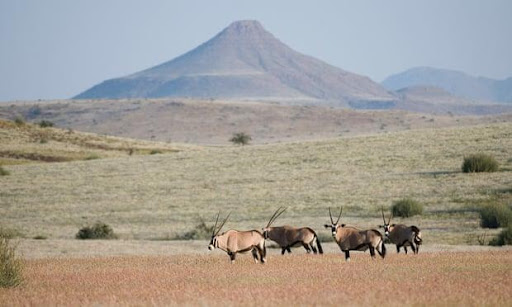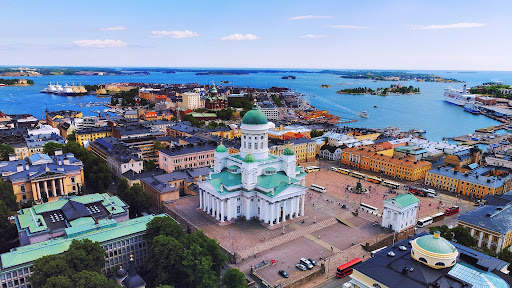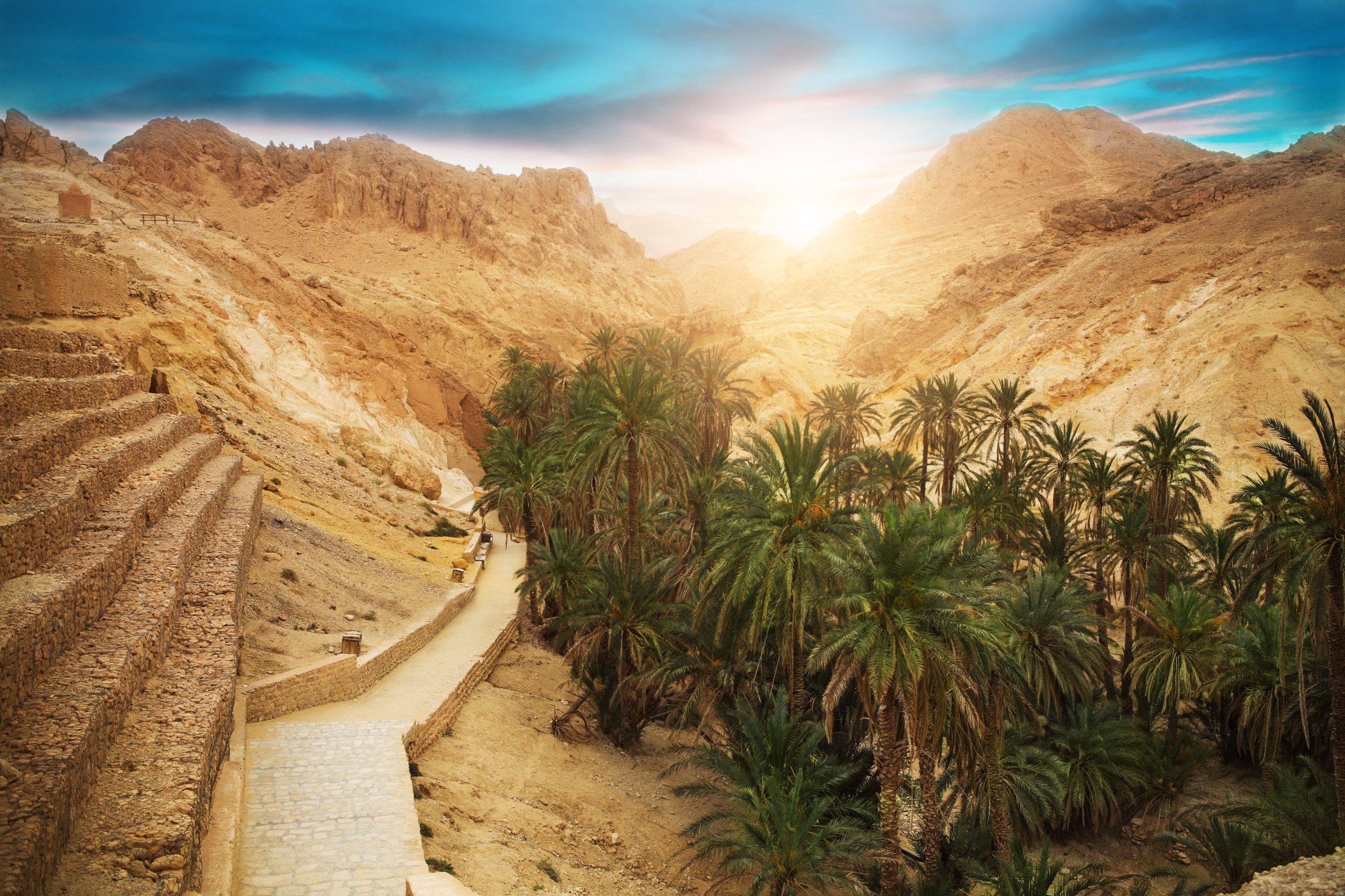The support, cooperation, and commitment of stakeholders is essential to ensure long-term, successful sustainable development of the dynamic and highly complex tourism industry.
Tourism is one of the largest and fastest-growing sectors in the world, comprised of an intricate network of stakeholders with an interest in the development, marketing, and management of tourism destinations. Other than economic and environmental considerations, the third pillar of sustainable destination development, is the socio-cultural context, according to the UNWTO. Sustainable destination planning and development demand informed relevant stakeholder participation, along with strong political leadership, to facilitate consensus building. Participatory stakeholder engagement planning is the core of strategic destination development and sustainable long-term tourism growth.
Who are tourism development stakeholders?
A stakeholder is an individual or an organization with an interest in a project, a business, or an industry. Stakeholders may not always have a direct link to the project or even the sector itself, but are nevertheless impacted by the outcomes. Future generations, both tourists and locals of tomorrow, are often considered tourism stakeholders, and while their participation in tourism planning is inaccessible, decisions must be taken considering their best interest and well-being.

So who are the people and organizations interested in about the risks and rewards, i.e. the stakes, of destination development? The list is long and includes local and national governments, visitors and local communities, private sector businesses and organizations, destination management organizations (DMOs) as well as non-governmental organizations (NGOs) that are all affected by tourism in different ways. Here are the different types of stakeholders:
1. National and Local Government Stakeholders
Both national and local governments play a significant role in tourism planning through attracting investment, as well as through legislation and policy development. The government is responsible for building and maintaining adequate infrastructure, like roads and airports, to successfully carry out travel and tourism activities. Added to that, they ensure the safety and security of their visitors and residents alike.
Local governments often have tourism departments, particularly in the absence of a DMO, that would take charge of planning, development, and promotion of a destination. They create services along the way to support the industry. Economic returns from tourism oftentimes fuel the overall development of a destination.
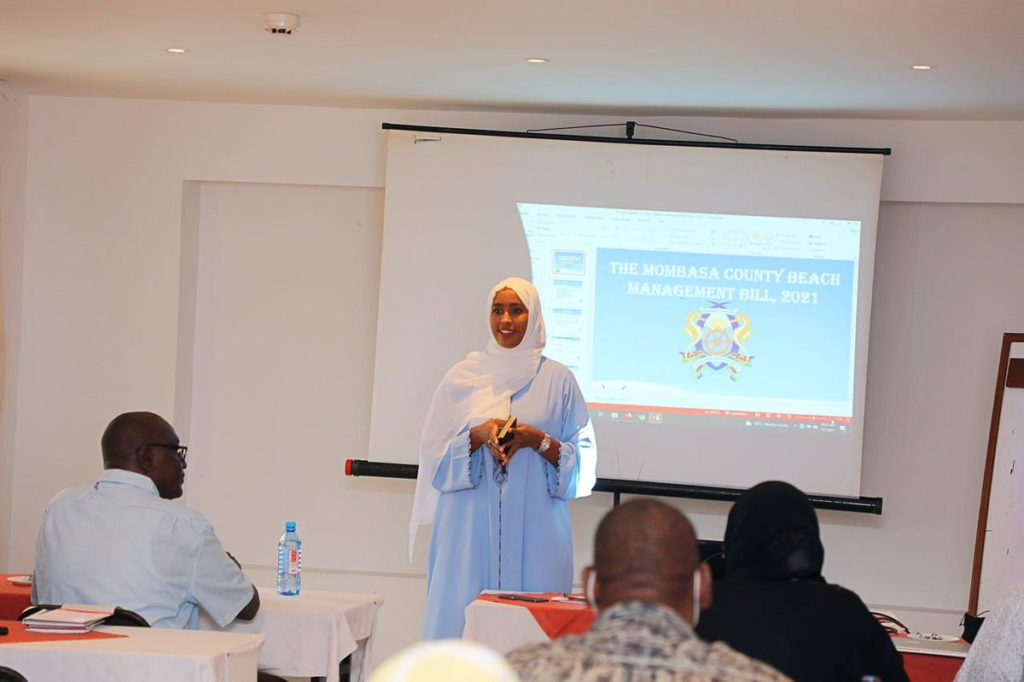
2. Destination Management Organization Stakeholders
A DMO plays a key role in responsible tourism management and marketing of a specific destination. It helps to establish a competitive edge for the destination, ensure long-term sustainability, strengthen institutional governance, and build a strong and vibrant brand identity around a destination. A DMO is often seen as the connector, bringing together all industry stakeholders to build a tourism strategy for their destinations that will benefit the community as a whole.
3. Local Community Stakeholders
The local community plays a vital role in the planning and development of a destination. For the success and sustainability of any type of tourism development, it is crucial to understand the attitudes and perceptions of residents towards tourism as well as the factors contributing to such opinions. These factors may include construction work, increasing visitor numbers, and public disturbance, environment, air and noise pollution, waste management, inflation of goods and services among other possible factors.
Ultimately, tourism should aim to benefit local populations and improve the well-being of the host communities. Not considering their needs will prohibit residents from acting as destination ambassadors, creating and nurturing a hospitable environment for the visitor.
4. Visitor Stakeholders
Visitors are often considered the most important destination stakeholders. These are the people that add economic value to the destination by spending money on transportation, accommodation, food, and attractions.
A positive visitor experience may result in destination promotion through user-generated content in today’s social media age. Favorable attitudes will positively impact the formation of a destination brand and attract more visitors.
Negative experiences and the spread of bad reviews threaten the social and economic stability of a destination. It runs the risk of damaging the destination brand perception, decreasing tourist arrivals, threatening local businesses, and worsening rather than improving resident quality-of-life.
5. The Private Sector Stakeholders
Private sector businesses including hotels, restaurants, attractions, and tour operators generate a fair share of overall tourism contribution to the local economy. As destinations generally have an abundance of said types of businesses, the success of these stakeholders depends almost entirely on the number of visitors. As they are often in competition for the tourism dollar, economic considerations may be prioritized over social and environmental implications, and how projects could affect local communities. 
6. Non-Governmental Organizations (NGO) Stakeholders
NGOs as servants to humanitarian and environmental causes greatly affect the outcomes of tourism development. NGOs will look out for the interest of their communities and ensure the conservation of a destination’s natural and cultural heritage though their intentions can contradict the private sector goals and create conflict. Inclusive and participatory tourism planning and sustainable tourism development processes mitigate such conflicts through finding solutions that satisfy all stakeholders.
Strategies for Stakeholder Engagement
With a clear idea of who are the main tourism destination stakeholders, now it’s time to think about strategies to include them in your destination planning.
The first step in driving interest and community engagement is information distribution. Transparent communication with your stakeholders about current tourism impacts, possible future projections, and overall benefits of tourism development is perhaps the easiest way to begin engaging with different stakeholder groups. That said, some stakeholders are easier to include than others. Common challenges include resistance to participate, lack of time and money, ensuring equity, problematic relationships among institutions or individuals, and communication issues.
Furthermore, companies and individuals directly linked to tourism will recognize their role in the industry and participate in the planning and strategic development building process. Meanwhile, stakeholders that do not see the direct economic and social benefits materializing from tourism will struggle to understand why their involvement is required. Lack of participation may result in values and interests being misrepresented or excluded.
Other approaches to stakeholder engagement include arranging workshops, hosting public meetings, and arranging task forces to collectively identify opportunities, develop ideas, answer questions and find solutions. Ensuring that communication lines are open is essential, while continuous engagement can be achieved through scheduled monthly get-togethers or monthly newsletters. Providing training, consultations and technical assistance can also be a form of stakeholder involvement. After all, committed and connected stakeholders that trust each other will be better equipped to build a sustainable and resilient tourism industry collectively.

Solimar International has been fortunate to work with destinations around the world leading the way to sustainable tourism and destination planning through stakeholder engagement and empowerment. The Tourism For All project in Timor-Leste, for instance, aimed to boost the industry, help combat environmental degradation and lift the country out of poverty by creating revenue streams and more economic opportunities for local communities. Main project objectives were achieved through inclusive listening, visioning, and planning exercises, including communities, industry advocates, the DMO, and the government to formalize and strengthen the island’s tourism offering.
Visit our project page for other inspiring tourism development stories produced through successful stakeholder engagement.
Written by Marina Lopes, Alicia Winfield, and Emilija Zagere

